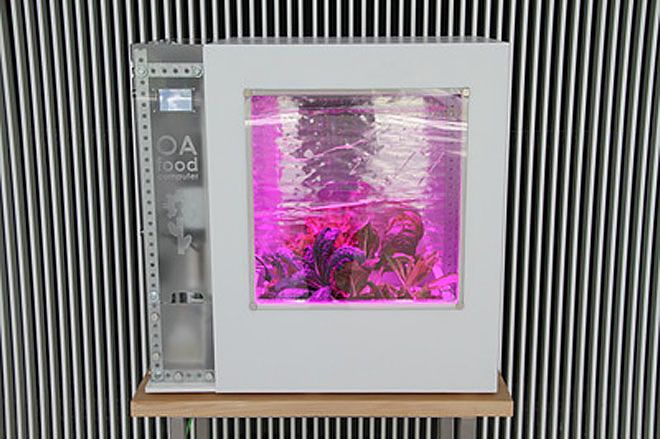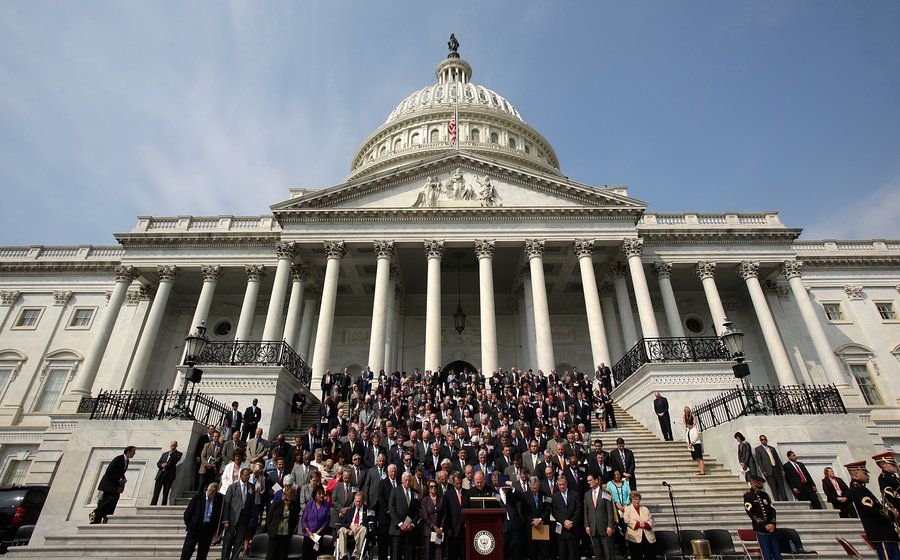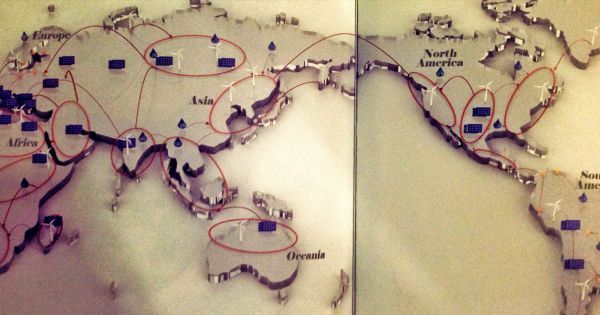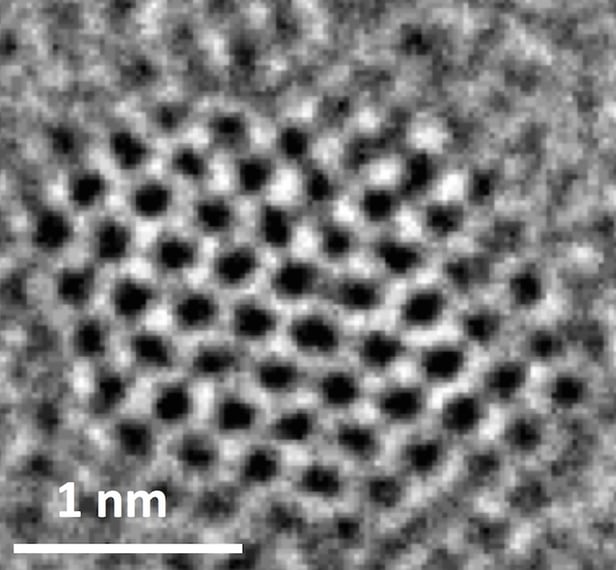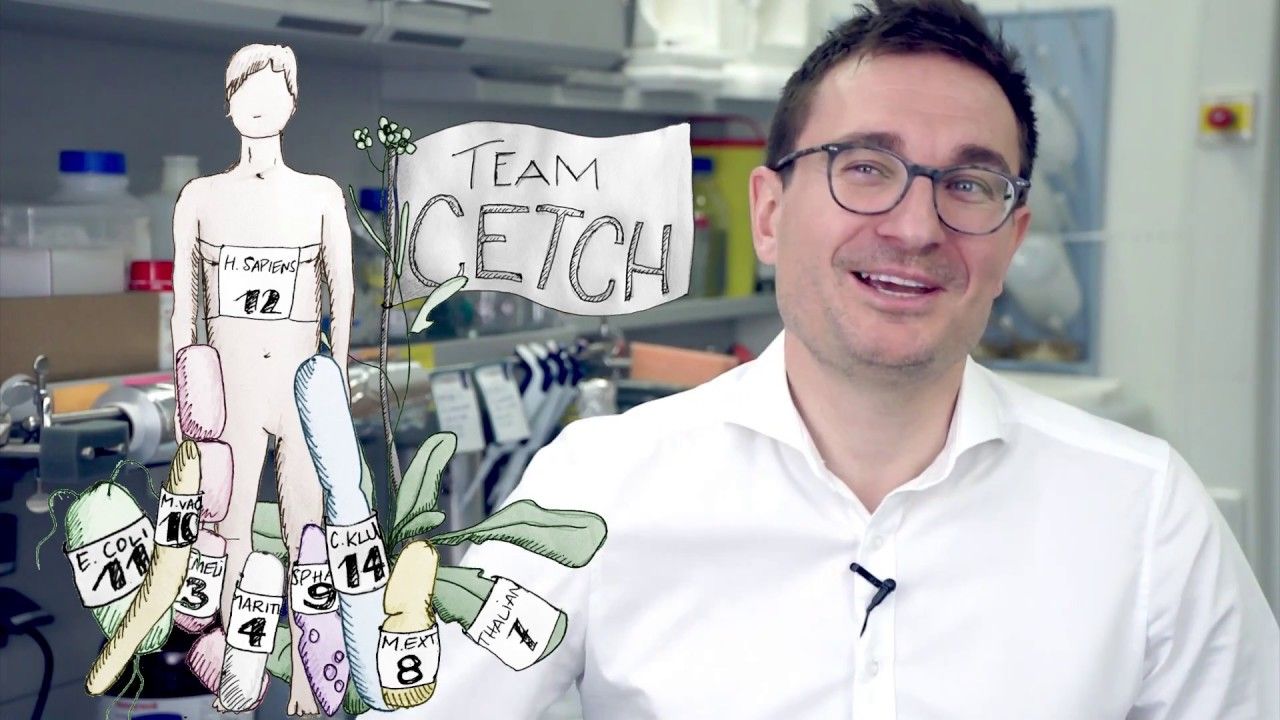https://youtube.com/watch?v=LEx6K4P4GJc
Most of us probably don’t think too much about the foodstuffs we buy in the supermarket. But behind the scenes, today’s food production system relies on a centralized, industrial-scale supply chain that’s still dependent upon soil-based agriculture for the majority of our food crops.
In many instances, that means that food has to travel long distances from farm to table, meaning that food has lost much of its freshness and nutritional value by the time it reaches your table. There’s also a growing awareness that this model isn’t sustainable: the pressures of increasing urbanization and loss of arable land, rising populations and the increased frequency of extreme weather events like droughts and floods — brought on by climate change — means that slowly but surely, we are going to have to change the way we grow our food.
There are some indications of this shift: the appearance of urban rooftop farms, an explosion of interest in automated hydroponic systems. The problem with all these systems is that their platforms are proprietary, and the lack of a common platform between them means these won’t necessarily scale up.
